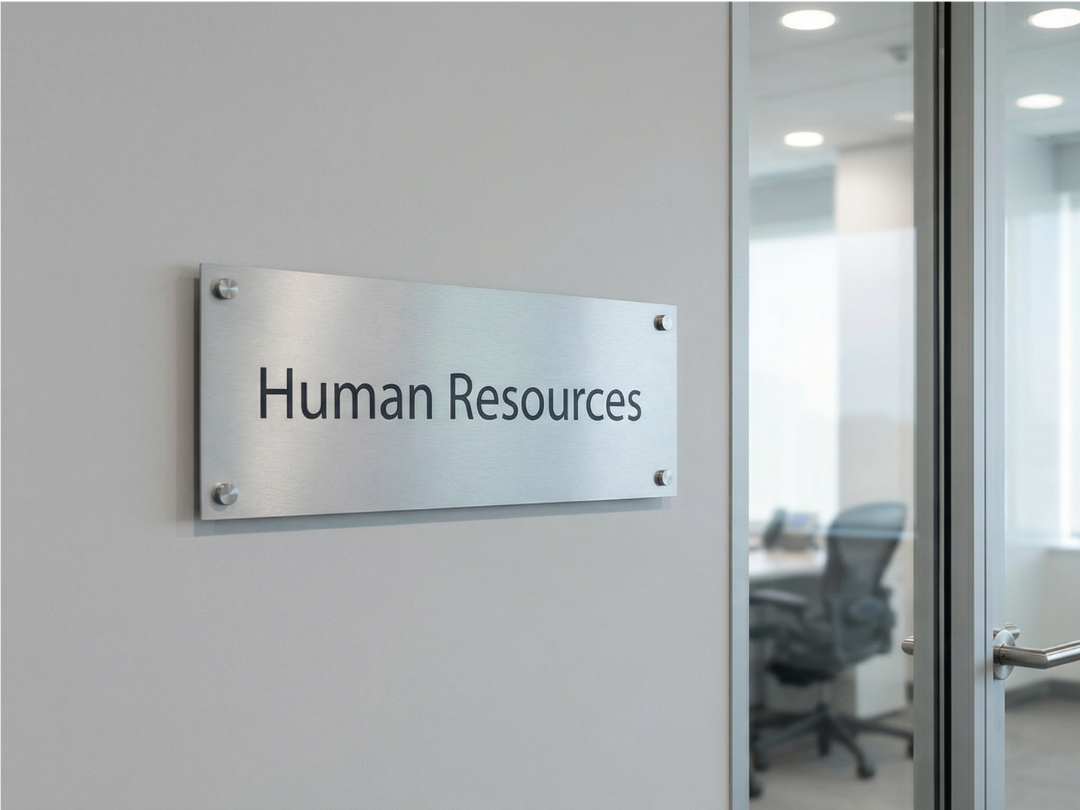Making Every Benefits Dollar Count: Why Clear Communication is Your Best Investment
The latest WTW Benefits Trends Survey delivers a wake-up call that many HR leaders have been dreading: nearly two-thirds of employers are planning to reallocate their benefits spending over the next three years. With 90% of employers citing rising benefits costs as their top concern, the pressure to extract maximum value from every benefits dollar has never been higher.¹
But here's what caught our attention in the survey findings: while employers are scrambling to find better-value vendors and optimize their benefit portfolios, they're overlooking one of the most cost-effective ways to maximize their existing investment - ensuring employees actually understand and use what they're already paying for.
The Hidden Cost of Benefits Confusion
The irony is stark. Employers invest nearly 30% of total compensation in employee benefits, yet 85% of employees remain confused about their coverage options. This isn't just a communication problem – it's a financial crisis hiding in plain sight.
When employees don't understand their benefits, several costly things happen. They make poor healthcare decisions that drive up claims costs. They don't take advantage of preventive care that could avoid expensive treatments later. They leave money on the table with unused FSA funds or fail to maximize employer matches. Most critically, they don't appreciate the full value of their compensation package, leading to higher turnover and recruitment costs.
Think about it this way: if you're reallocating benefits spending to find better value, but your employees can't access or understand what you're providing, you're not solving the real problem. You're just moving money around while the fundamental issue – lack of engagement and understanding – remains unchanged.
Communication as a Strategic Investment
The WTW survey notes that employers are increasingly looking to "communication and nudges and navigation solutions to influence behaviors and enhance the employee experience." This isn't just a nice-to-have anymore – it's a strategic imperative.
Clear, accessible benefits communication delivers measurable ROI in several ways. It increases the utilization of cost-effective benefits like telemedicine and preventive care. It reduces expensive emergency room visits by helping employees understand their options. It improves employee satisfaction and retention by helping them see the full value of their total compensation. And it reduces the administrative burden on HR teams who spend countless hours answering the same benefits questions repeatedly.
But here's the challenge: most benefits communication still happens behind login portals, in dense PDF documents, or through once-a-year presentations that employees forget immediately. If you're serious about maximizing your benefits investment, you need communication that's as accessible and user-friendly as the benefits themselves should be.
The Public-Facing Solution
This is where SwellSpace comes in. Instead of burying benefits information behind complex portals, we help employers create public, centralized websites where employees, dependents, and even job candidates can access clear benefits information anytime, from any device. No logins required. No IT support needed. Just straightforward, always-available information that helps people make informed decisions.
When employees can easily find and understand their benefits information, utilization improves, satisfaction increases, and the value of your benefits investment multiplies. It's not about spending more money – it's about making the money you're already spending work harder.
Looking Forward
As employers face continued pressure to optimize their benefits strategies, the focus should extend beyond just finding better vendors or cutting costs. The most successful organizations will be those that recognize communication as a crucial component of their benefits strategy, not an afterthought, but a foundational element that amplifies the value of every other investment they make.
The question isn't whether you can afford to invest in better benefits communication. In today's competitive landscape, with rising costs and increased pressure to demonstrate value, the question is whether you can afford not to.
After all, the best benefits in the world are worthless if your employees don't know they exist, don't understand how to use them, or can't access the information when they need it most. Make sure your communication strategy is as strategic as your benefits portfolio – your bottom line will thank you.
¹ Goforth, A. (2025, June 16). Nearly two-thirds of employers plan to reallocate benefits spending amid rising costs. Benefits Pro.



.png)

